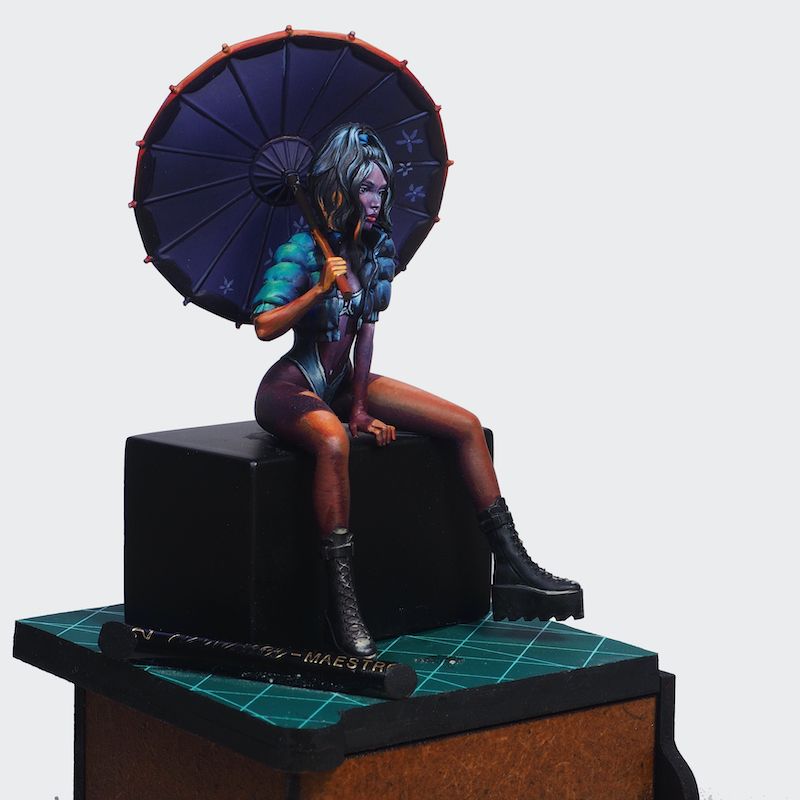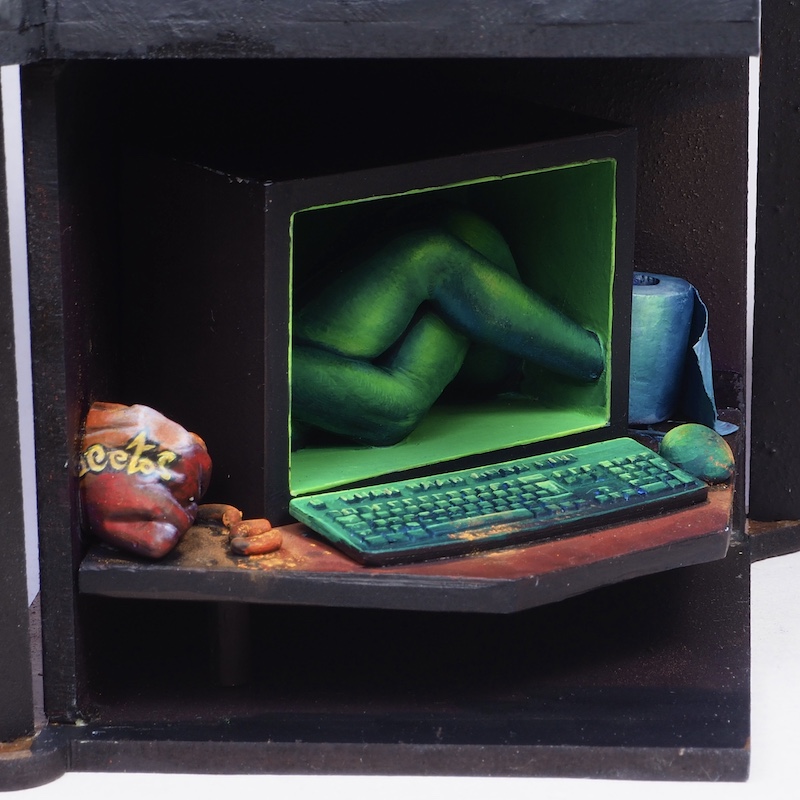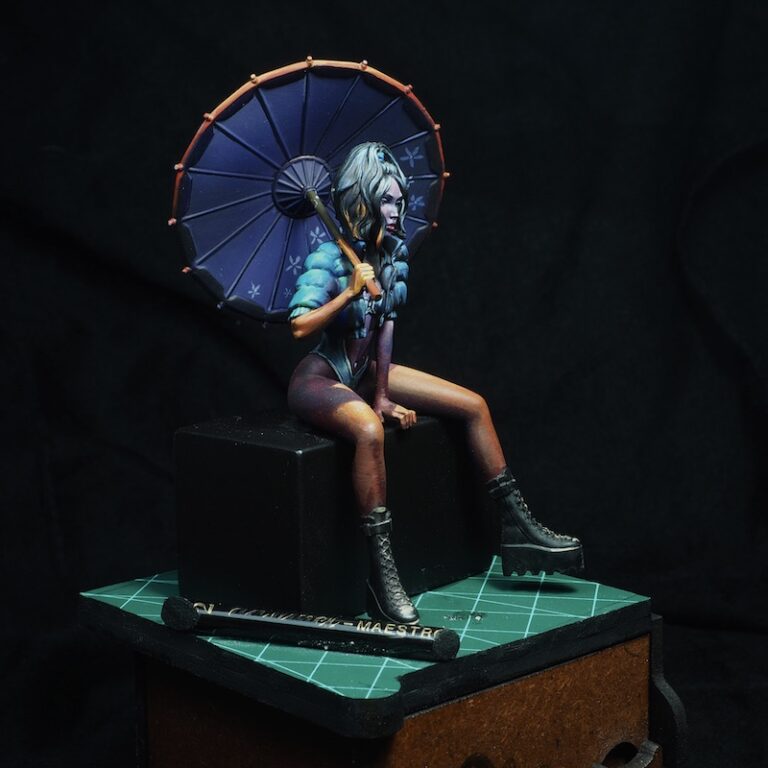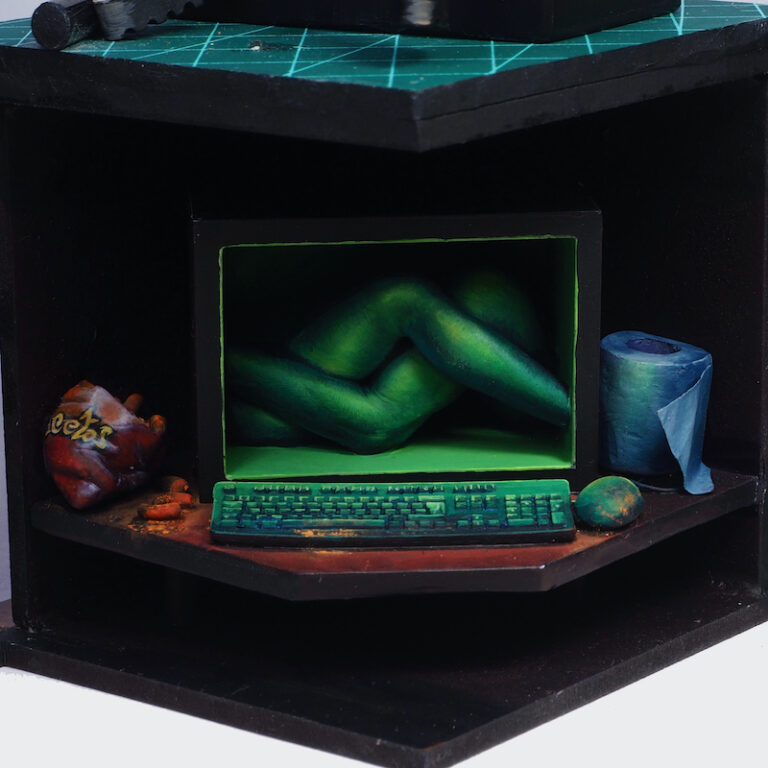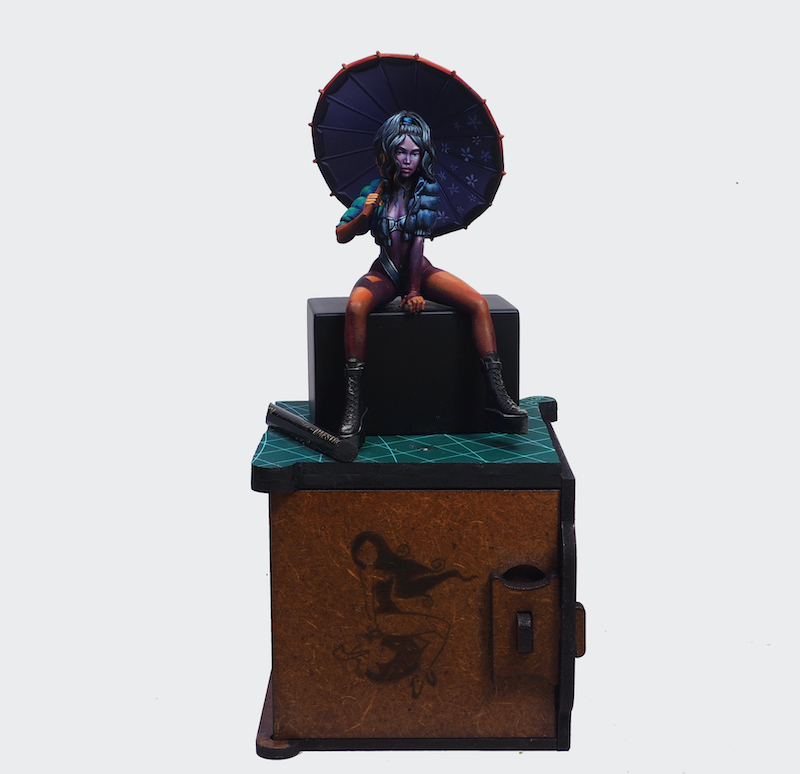
The Muse
Women in the hobby – July 2023
Sculpture: Dávid Fatér (top), @mwopus and Merak Minis (bottom)
Scale 75mm (top), 1:5 (bottom)
For sale (only full project)
Throughout history, women have often been portrayed as objects of desire or mere muses, relegating us to passive roles rather than recognizing our artistic contributions.
This trend has perpetuated an environment in which we are systematically sexualized, making it difficult for us to find our place and express ourselves without our phyisical aspect beeing a constant focus when analyzing our work.
The Ideal
History has proven over and over that women can be an object of desire or inspiration. They offten are the muse, the canvas, the reason to paint. In figure painting this is not an exception.
Sculptures and paintings showcase women as passive, idealized figures, emphasizing their physical beauty and sensuality. Although aesthetically pleasing for some, most of these portrayals reduce women to objects to be observed and admired, while overshadowing any other aspect.
The Consequence
It is not only in art where women continue to face a pervasive culture of objectification and sexualization. The media, advertising, and popular culture often focus on showing an image of us appealing to men rather than showcasing our intellectual or artistic capabilities.
This objectification creates an environment in which we struggle to be seen and valued beyond our external attributes. Addressing these challenges requires a collective effort to challenge societal norms and reshape artistic representation.
It is not strange, then, that women don’t feel welcome to a space designed and accomodated for men to enjoy. This
hinders our ability to assert our voices and talents freely. As a result, we face extra barriers when pursuing artistic endeavors, sharing our perspectives, and attaining recognition equal to our male counterparts.
Learn more about the topic
The Second Sex - Naomi Klein
This book describes lived experiences of women in different ascpects of society, questioning the underlying assumptions that perpetuate their subordination and objectification.
Big Eyes - Tim Burton
A film that tells the story of artist Margaret Keane and her struggle for recognition in a male-dominated art world.
Why Have There Been No Great Women Artists? - Linda Nochlin
This book sheds light on the systemic biases and barriers that have hindered the recognition and achievement of women artists.
Mona Lisa Smile - Mike Newell
This film follows the story of a progressive art history professor challenging societal expectations for women in the 1950s


